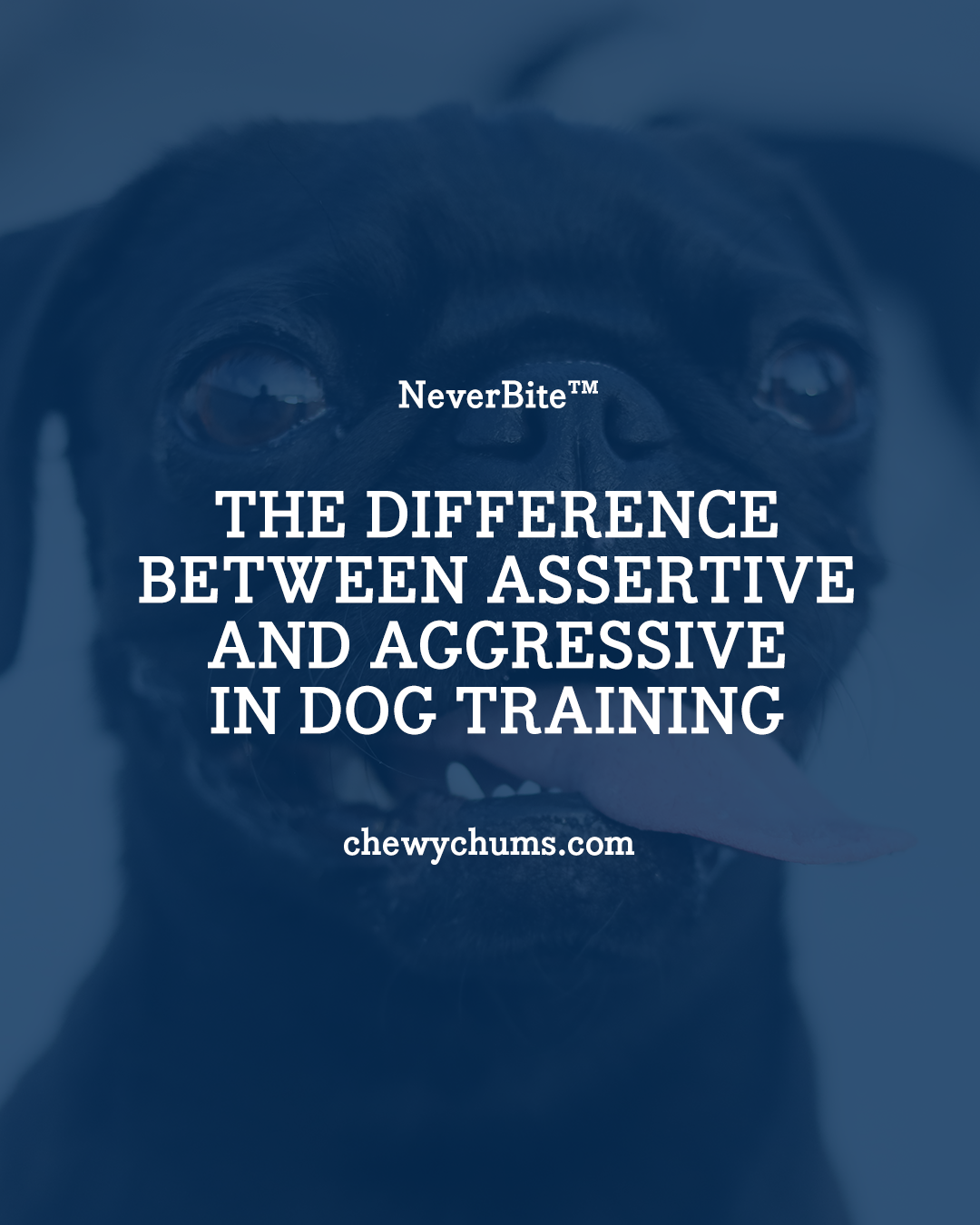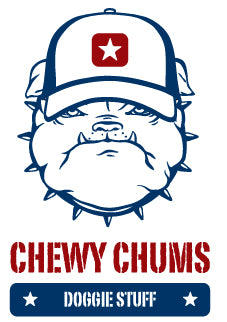
The Difference Between Assertive and Aggressive in Dog Training
Chewy ChumsShare
Why This Distinction Matters
Many dog owners confuse being assertive with being aggressive. But the difference is critical—not just for results, but for the relationship you’re building with your dog.
Assertive training leads to respect. Aggressive tactics lead to fear, confusion, or even rebellion.
What Assertive Energy Looks Like
- Clear cues with calm, confident tone
- Predictable routines and structure
- Follow-through without yelling or physical force
- Body language that invites attention, not intimidation
What Aggressive Training Looks Like
- Shouting or harsh corrections when frustrated
- Physical punishment for unwanted behavior
- Inconsistent follow-through (“sometimes yes, sometimes no”)
- Fear-based compliance without trust
How to Train Assertively (Not Aggressively)
- Lead with structure: use routines, not reactions
- Reward desired behavior more than correcting the bad
- Redirect early with tools like NeverBite™ before escalation starts
- Use consistent body cues, tone, and expectations
How NeverBite™ Supports Assertive Training
- Gives you control over play with built-in structure
- Redirection tool that teaches “drop it,” “gentle,” and “wait”
- Supports bite inhibition training without yelling or scolding
- Encourages trust through fun, not force
Final Word From the Crew
Leadership isn’t about who’s loudest—it’s about who’s clearest. Assertiveness gives your dog a reason to follow. Aggression gives them a reason to fear. Choose structure, tools, and trust. That’s the NeverBite™ way.
🏴☠ Train with clarity. Lead with confidence. Build with NeverBite™.
